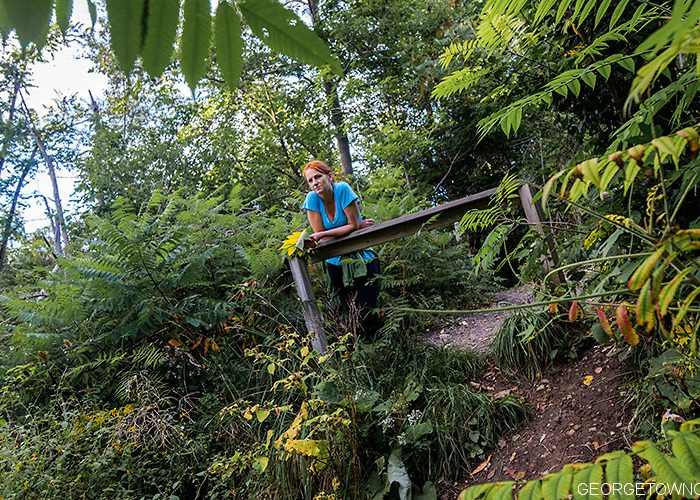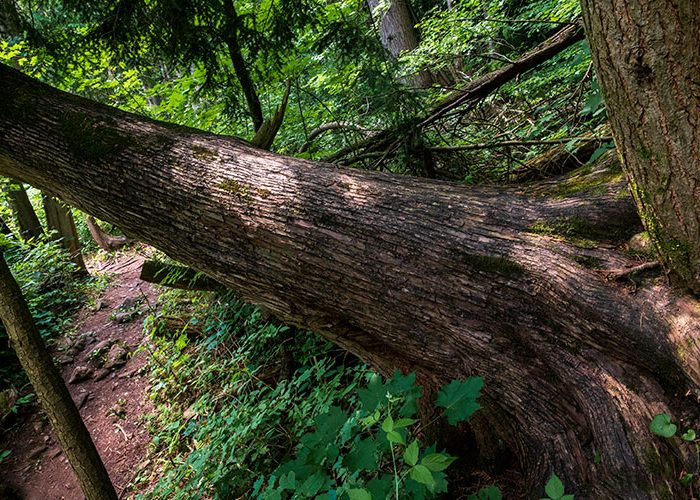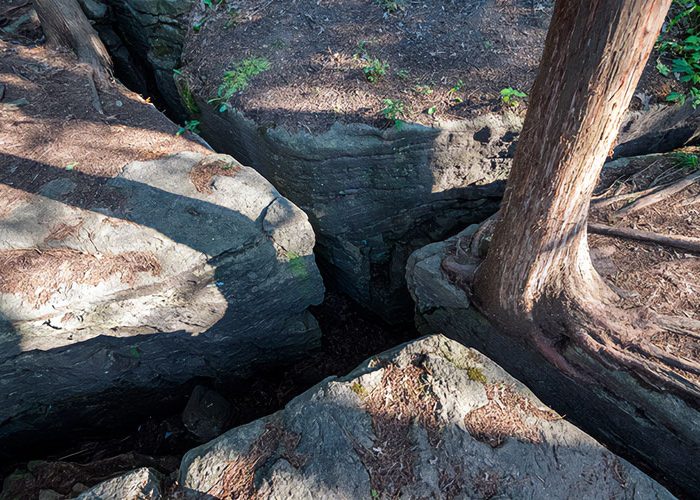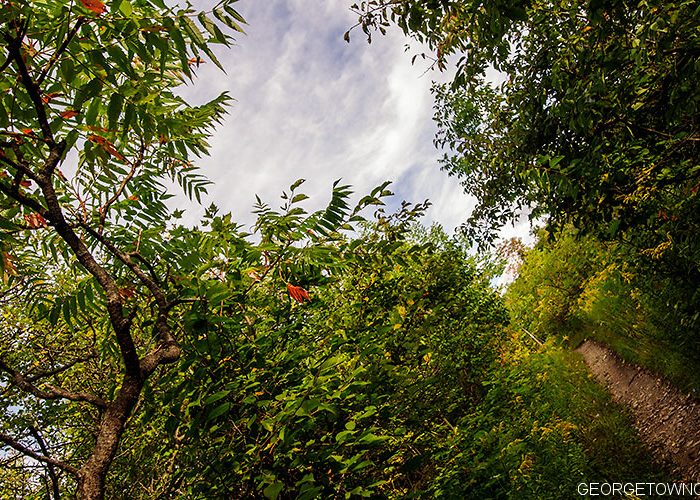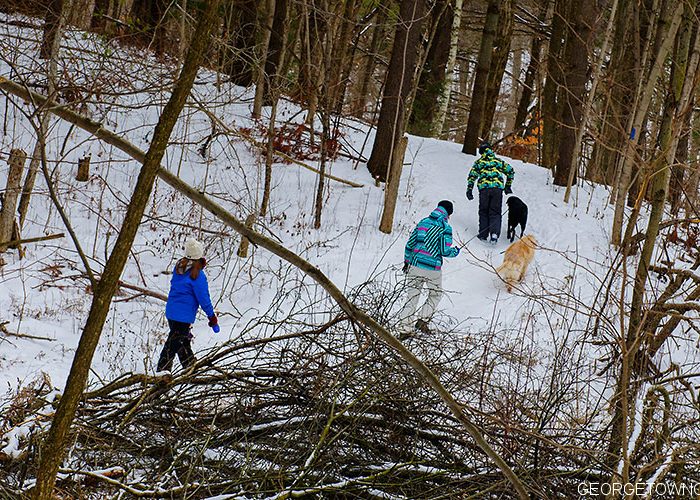The limestone kilns in the Limehouse Conservation Area make this trail very special. Various trails up to 5 kilometres long pass by historic lime kiln sites. Dating back to the 1800’s, they represent an interesting part of Ontario’s past that helped build villages and towns.
The first lime mill was built by John Newton (about 1846). In his time, limestone was ground into powder. It was then “slaked” with water and mixed with sand and cow hair. The resulting mixture, mortar, was used in construction to join bricks or stone.

In the 1860’s a new style of kiln called a draw kiln was developed that could burn 6-18 tons of limestone per day. The limestone was burned until it crumbled. It was then crushed to a fine powder. This was mixed with water and sand. This made mortar. More>>
At Limehouse, it was 16 high and not fully preserved. But two well-preserved kilns can be seen at Kelso. Even today, we can see remnants of the original kilns and ruins of buildings. Accurate historical information of the site is available at the entrance.
The character of Limehouse is more or less woodland with prominent rock crevices. In places you will pass through the come of a small river. In the forests you will come across century-old trees, 150-250 years old. Pine, oak, maple, thuja… In spring, the area is dotted with a flood of Trillium.








